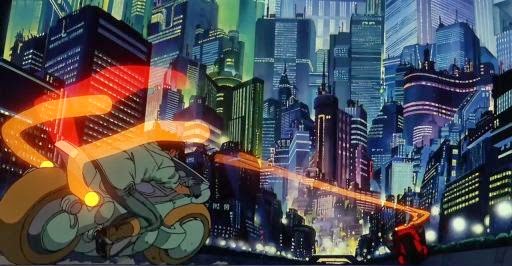The colors of the Mountain
It is drama
film directed by Carlos César Arbelaez.
The film is
a shocking history about three children who try to recover a soccer ball that
had fallen into a minefield. At the same time, the film also tell us about the turbulent
lives of the children’s fathers, the
atrocities of the murderers bands that surround them, the scared and solitary teachers
that try to make the children's life happier. It talks about the Colombia’s
violence, the violence that displaces: the guerrilla, the paramilitary and
others illegal bands. It documents the Colombian’s horror, filmed in the lost
mountains of Antioquia.
The way the
film was done has the intention that the spectator feels really the shocking
situation where the protagonists are in. it is very interesting the point of
view the movie was done, it takes the children’s point of view. Without any
dude, is the most innocence way of appreciate the world, from the point of view
of a child In the development of the movie the children weren’t conscience of
what was happening, of the situation they was facing and their only
distractions were the school and soccer, when their soccer ball fell in a
minefield the only they think is in how to get the ball out to play soccer.
It is a
very realistic film, without tricks of edition. The realistic way the film
express make us feel inside it, see how the situation of Colombia is, what a
people have to live while others enjoy.
In the
putting into scene, the director is focused on give us a look from the children
perspective. The violence of the film is not explicit it is implicit, we can
see there is not almost music in the film, but, when there is music it is very
soulful like at the end when Manuel is leaving of his house with his mother and
his little brother. The children's look of sadness fits well with the music,
creating an amazing emotion on the spectator that is perfect to me.
A
characteristic that I found very important to mention is how the director uses symbolism to represent
the implicit violence, every time there is a violence scene like it is from the
point of view of a child, when they arrived for example on the part that Manuel
gets into the house and sees that everything is destroy and his father is gone.
The violence has past, and just the traces are found. However, there is a scene
where they show blood, but at the time the children were not present.
It is very
interesting how the director place with the coloring on the movie; in the
beginning the first Image that the spectator see is Manuel’s house with the
coloring and the light low, and all the sudden the scene bighted, the bright
colors are used in almost all the course of the movie until the last scene;
when they are running away for the violence, the image takes low and cold colors.
The director wants to convey the sadness and desolation the children are living
in, the same happened when the film stars.
The film
reflects the Colombia’s displacement of population for violence reasons, it
stills being a serious problem of human rights, with sociodemografic
implications in the country, it affects particularly to women and children that
are from rural zones of the national territory in a high percent. They are
forced to run away the region where the power is confused with weapon, the complicity of the impunity and the civil
population’s impotent. Adding fear to poverty, this Colombian people are
looking for a remote place far away of the responsible of murderers, disappearances, kidnappings, threats and terror.
The
displaced by violence are growing and multiply around the country like if they
were sentenced to silence and exile.
The film
has a realism that doesn’t leave anyone indifferent. But, the suspense that
generates in some scenes the movie, for example when Manuel, Poca Luz and
Julian try to get back a soccer ball from a mined field, is a big experience.
When the
spectator is really connected with the movie until he is feeling inside it and
the film generates feelings in the spectator, it is the moment when we can say
that there has done a very good job.
